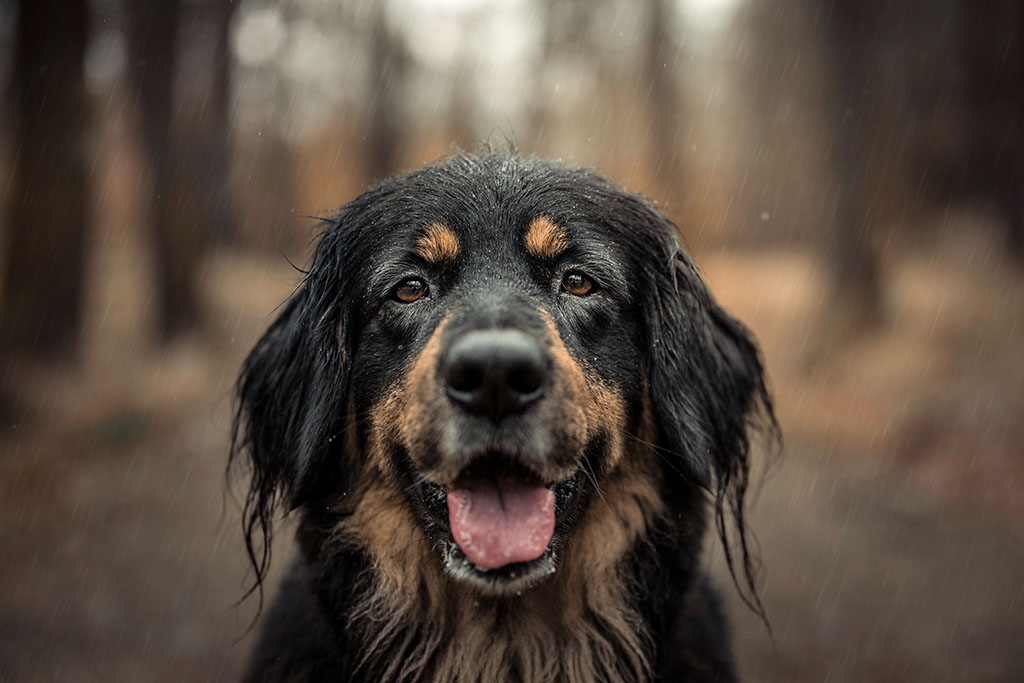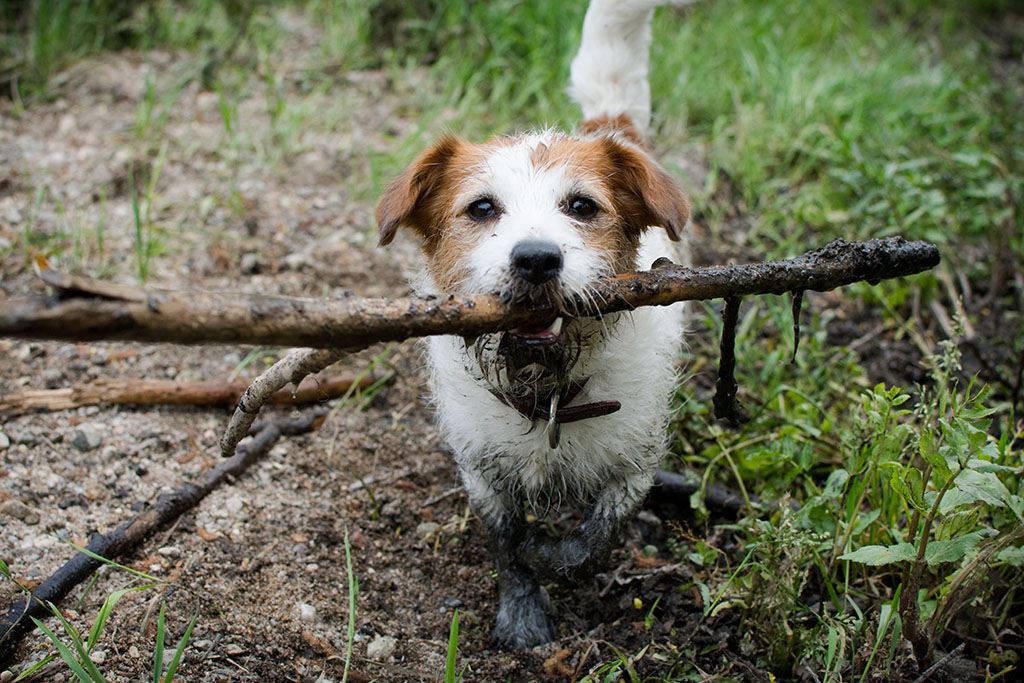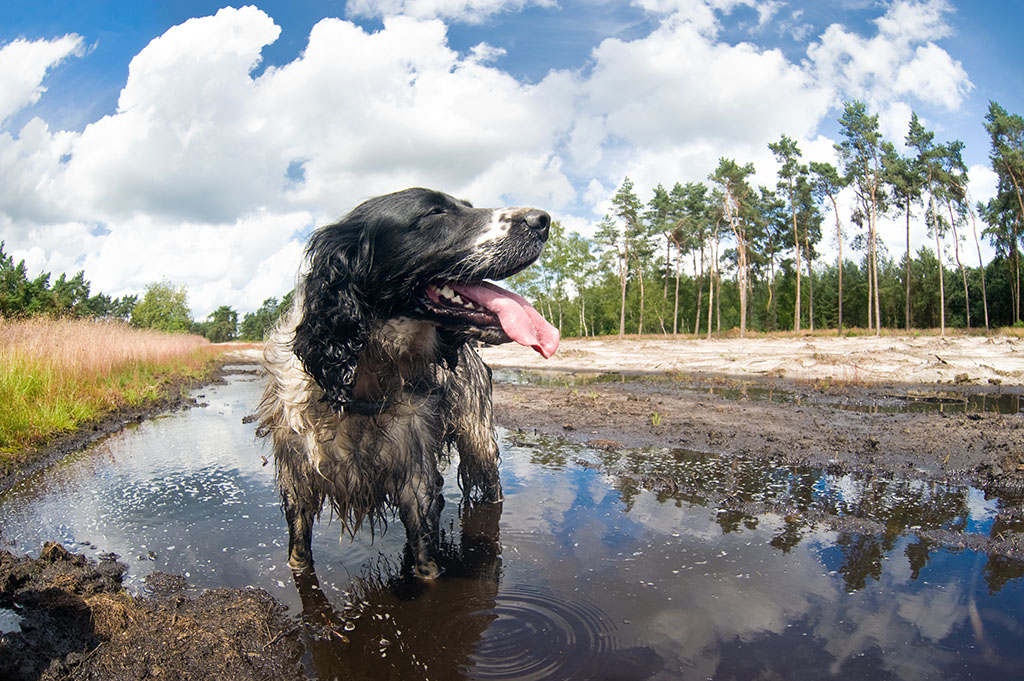
Alabama rot was first identified in the UK in 2012 and although it’s very rare, with 297 cases in total, there has recently been an increase in media coverage, with 7 confirmed cases in 2023 alone. Here at The Insurance Emporium, our data* reveals that in the past three years we’ve had two reported cases of Alabama rot, of which, sadly, one pet died.
With this in mind, along with the fact that cases are more common between November and March, we thought we’d provide some updated information so that you know what to look out for.
WHAT IS ALABAMA ROT?
Alabama rot, also known as CRGV (Cutaneous and Renal Glomerular Vasculopathy), is a potentially life-threatening disease that affects dogs. It affects their skin and kidneys by causing small clots that block and damage the blood vessels. It can lead to organ dysfunction and eventually kidney failure. While it’s very rare, it does have a high mortality rate and is hard to diagnose.
WHAT CAUSES ALABAMA ROT?
One of the reasons Alabama rot is so tricky to diagnose and treat is that the cause isn’t currently known, but the majority of cases occur in dogs who live in rural areas, and cases are higher in the winter and spring, so it’s thought to be linked to wet and muddy conditions.

ALABAMA ROT SYMPTOMS
Symptoms include:
- Skin sores/ulcers – often occurring below the knees/elbows, sometimes on the face or the lower chest or abdomen.
- Fur loss on the lower body.
- Excessive licking.
- Reduced appetite.
- Increased thirst.
- Vomiting.
- Lethargy.
It’s important to remember that all of these symptoms can be caused by other common illnesses and while there are no tests that can confirm a diagnosis, your vet will be able to run general blood and urine tests to check their kidney function.
HOW IS IT TREATED?
Treatment depends on the symptoms; for example, skin lesions can be treated topically, but if your dog shows signs of kidney failure (reduced appetite, increased thirst, vomiting and lethargy) they will need more intensive treatment.
Sadly, many dogs that develop Alabama rot don’t survive but some can fight it off, so it’s important to contact your vet as soon as you suspect they are showing symptoms; the earlier they are caught the better their chance of recovery.
In 2018 the Royal Veterinary College developed a breakthrough treatment known as Therapeutic Plasma Exchange, or ‘plasmapheresis’, which filters the blood of the infected animal to remove toxins. In trials, two out of six dogs made a full recovery; the first time severely infected dogs have been known to survive.
In addition, scientists at the University of Bristol researching the cause of the disease made a major breakthrough after they have isolated a bacterium from material of dozens of confirmed cases of cutaneous and renal glomerular vasculopathy (CRGV) cases. Their work is expected to be completed early in the new year and offers a range of “very exciting” possibilities.

ARE THERE ANY PRECAUTIONS I CAN TAKE?
While you can’t actively prevent it, there is evidence that suggests it’s more common between November and March and could be picked up on wet, muddy walks, so:
- Wash off mud after a walk, particularly if you’ve been in woodland areas.
- Regularly check for signs such as skin lesions and defects.
- If in doubt, talk to your vet.
CAN OTHER ANIMALS CATCH IT?
There have been no cases in other animals or humans, and it’s not thought to be contagious.
ARE CERTAIN PARTS OF THE COUNTRY MORE AT RISK?
Alabama rot has been reported across the UK, although most of the first reported cases were in the New Forest area. If you’re concerned you can check your local area to see if there are any reported cases near you, using this tool.
While there have been more reported cases recently, this could be because pet owners and vets are more aware and are better at recognising the signs. Thousands of dogs are walked in the countryside every day and the threat is very low, so it’s important not to panic but to contact your vet if you have any concerns.
Our dogs are important to us; they’re part of the family with their own personalities, so we want to do everything in our power to make sure they’re safe and protected. This is where dog insurance comes in. Our range of policies means that if the unforeseen were to happen you have cover in place, whatever your budget; when money is tight, the last thing you want to be worrying about is whether or not you can afford vets bills. Our claims data regarding Alabama rot from the past three years revealed one paid claim came to £3,350. Check out our website, or give us a call, and get a free, no-obligation quote today.
*Data provided is from The Insurance Emporium’s own internal data using paid claims ranging from 01.11.20 – 31.10.23
All content provided on this blog is for informational purposes only. We make no representations as to the accuracy or completeness of any information on this site or found by following any link on this site. We will not be liable for any errors or omissions in this information nor for the availability of this information. We will not be liable for any loss, injury, or damage arising from the display or use of this information. This policy is subject to change at any time.
We offer a variety of cover levels, so please check the policy cover suits your needs before purchasing. For your protection, please ensure you read the Insurance Product Information Document (IPID) and policy wording, for information on policy exclusions and limitations.


